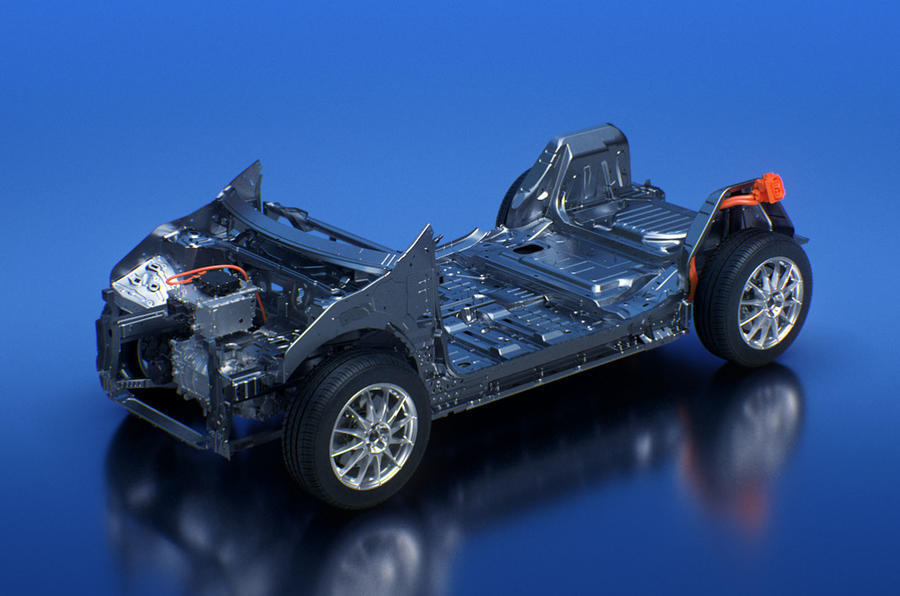Stellantis has taken a step towards drastically reducing the price of its future electric cars by partnering with a company that produces sodium ion batteries.
Sodium ion has been touted by several manufacturers as a more cost-effective battery chemistry that could pave the way for much cheaper EVs in the near future.
For example, Dacia boss Denis Le Vot has said the next-generation electric Sandero could use the technology and Chinese giant BYD recently signed a $1.2 billion contract to build the world's largest sodium battery factory in Xuzhou, with an eye on specifically powering small cars and scooters.
Stellantis has invested in Amiens-based Tiamat, a spin-off of the French National Centre for Scientific Research, which is claimed to be the first company in the world to commercialise a sodium ion battery.
Tiamat will use the revenue generated in its latest funding round, which included Stellantis's undisclosed investment, to build a new sodium ion battery factory in France.
This new factory will first build batteries for power tools and energy storage devices but will scale up to eventually produce "second-generation" cells for battery-electric cars. No timeframe has been given.
Stellantis said the implications of its new partnership will be significant for its future vehicles: "Sodium ion technology offers a lower cost per kilowatt-hour and is free of lithium and cobalt. Abundantly available sodium offers benefits in increased sustainability and material sovereignty."
The multinational giant has previously vocalised a plan to cut battery weight in its EVs by 50% by introducing new lightweight technologies and more efficient cell packaging.
It also recently invested in American company Lytten, which is developing lithium-sulphur batteries.
Tiamat has said sodium ion is a "stable chemistry for simple, safe, fast and performing solutions".
It's aiming to achieve charging times of just five minutes and claims its batteries – with an impressive power density of 2-5kW per kilogram – retain up to 80% capacity after 5000 charge cycles.
Ned Curic, chief engineering and technology officer at Stellantis, said: “Exploring new options for more sustainable and affordable batteries that use widely available raw materials is a key part of our ambitions of the Dare Forward 2030 strategic plan that will see us reach carbon net-zero by 2038.









Join the debate
Add your comment
Almost sounds to good, 5 minute recharge is less time than I spent at the Esso forecourt this morning. 5000 recharges, that's around a million miles per battery. Emmm